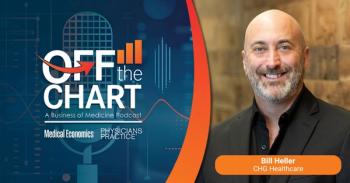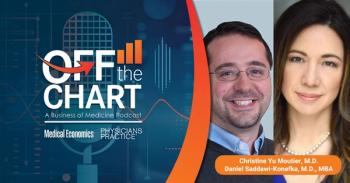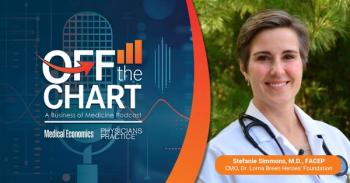
Creating Interest in Primary Care for Med Students
Medical schools are having a hard time getting students to go into primary care. One school is trying to reverse this trend.
This is part 2 of a 3-part video series interviewing Bruce Koeppen, MD, the founding Dean of Quinnipiac University's Frank H. Netter M.D. School of Medicine.
Why are medical schools having a hard time getting kids to go into primary care?
According to Bruce Koeppen, MD, Dean of the Frank H. Netter M.D. School of Medicine, only 15 percent of kids in medical schools across the country are going into primary care. He has a few theories as to why the number is so low.
"Number one, [primary-care physicians] have to know a lot of about everything. That can be daunting to some students….the breadth of knowledge that a primary-care physician must know can be daunting and intimidating to some students. Another important factor is earning potential. If you look at earning potential across the board, primary-care physicians tend to be on the bottom of that ladder," Koeppen says.
Another reason for this dearth of primary-care interested medical students, Koeppen says, is that specialists tend to look down upon primary-care physicians. "That puts students off from going into a primary care career," he says.
For this reason,
Part 3 will be released next week.
Edited by Ben Richey
Newsletter
Optimize your practice with the Physicians Practice newsletter, offering management pearls, leadership tips, and business strategies tailored for practice administrators and physicians of any specialty.








